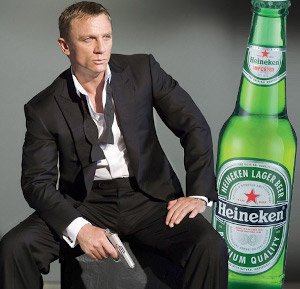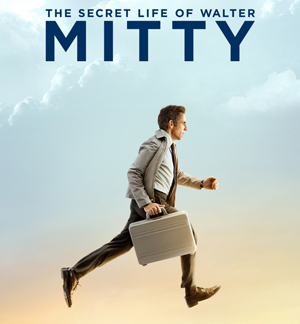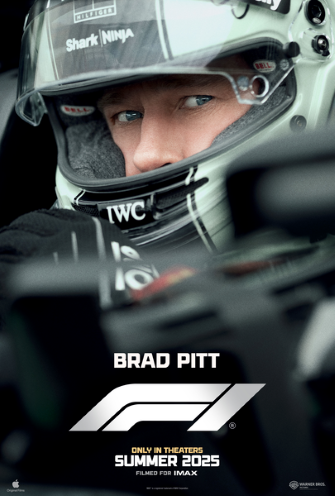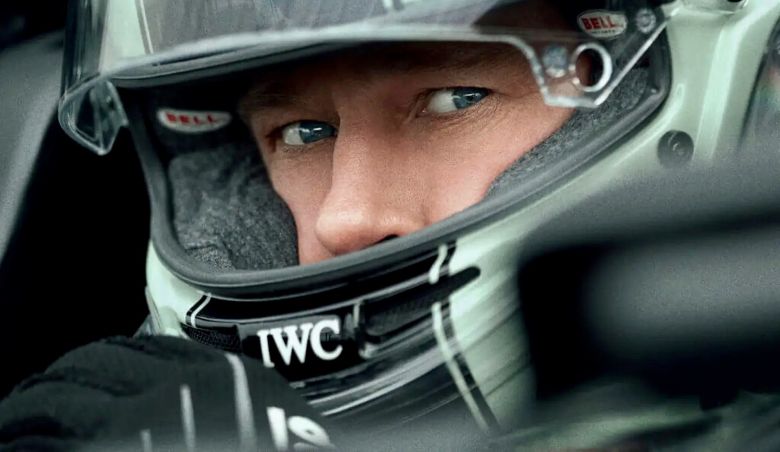Swiss luxury wrist-watch maker IWC is plastered across “F1,” capped by its logo prominently seen in the car-racing movie’s key art for marketing. That marketing image is a closeup of “F1” star Brad Pitt wearing a crash helmet with IWC on the chin-bar (image above), which is sprayed across media from TV commercials to film posters.
IWC is a longtime brand sponsor for Formula One racing, which “F1” dramatizes. While other brand logos are in evidence, the IWC logo is most ubiquitous and, in what are product placements, IWC watches are seen on the wrists of actors.
Other real-world brands whose logos get exposure include Tommy Hilfiger, Expensify, and SharkNinja as sponsors of the movie’s fictional APX GP team. The real Formula One world has corporate sponsorship logos shoe-horned into every nook and cranny from racing suits to cars themselves to track-side billboards to the winners circle, so the movie sponsors look totally appropriate.
“F1” is an Apple Original Films, which will stream on Apple TV+ after its cinema-only premiere June 27 domestically via Warner Bros. Pictures. Besides Pitt, the car-racing yarn stars Oscar-nominated Kerr Condon and Oscar-winner Javier Bardem. Real-life F1 racer Lewis Hamilton is also in the cast and is a producer, and has been a celebrity endorser for IWC for a decade as part of the Mercedes racing team. Director Joseph Kosinski and producer Jerry Bruckheimer were behind last year’s blockbuster “Top Gun: Maverick” that grossed $1.5 billion globally.
What does IWC get for its product placement (actors wearing watches that can be identified) and tie-in promotion (logo visible) with “F1” in the first-cycle of play?

Apple TV+ has an estimated 25 million global subscribers and 8% share of the global video streaming market (Netflix, of course, is the runaway leader). Though not all Apple TV+ subs will view, others will watch with a group of people. If theatrical release generates $60 million in boxoffice domestically (U.S. and Canada), that’s another 5.3 cinema patrons. IWC declined to discuss how much exposure the movie’s ubiquitous marketing will generate.
Brands getting attached to stars in movies are infrequent, but does happen. Early in his now-ended run as agent 007, star Daniel Craig took centerstage in Heineken beer commercials that also promoted “Spectre,” the PG-13-rated release from Sony Pictures in 2015. “It’s a global movie tie-in with Heineken placing the ‘Spectre’ movie logo on a half billion bottles of beer,” says “Marketing to Moviegoers,” the business/academic book. Heineken packaging for movie-themed bottles also contained scan codes for which consumers to unlock prizes and content.
It’s rare for a brand to be visible in the main movie marketing, but that too happens occasionally. The 2014 whimsical comedy “The Secret Life of Walter Mitty” used a Zero Halliburton briefcase held by star Ben Stiller in its signature poster. That triumph is simply a result of a product-placement agency giving “Mitty’s” property master free briefcases, on behalf of Zero Halliburton. “The PG-rated ‘Mitty’ movie was underwhelming at the boxoffice for 20th Century Fox with $55 million domestically and $161 million worldwide,” says Marketingmovies.net. “But still that Ben Stiller poster is everywhere!”

Omega wrist watches began a long-running product placement in James Bond spy films starting with 1995’s “GoldenEye,” which continued with subsequent 007 films to the present. Eventually, then-agent 007 Pierce Brosnan became a presenter in Omega marketing, which often cross-promoted the 007 films.
Usually, when star talent is directly handling or wearing branded products in key scenes, it’s a negotiation point for talent (Hollywood union rules specify talent can’t be forced to be a presenter of branded products as a condition of employment, but after hired producers can then broach such matters).
More often, branded products are simply in background, which does not trigger talent consultations. “Film executives say that, in most instances, when a recognizable product lands in a movie, it is without formal placement contract,” says the third edition of “Marketing to Moviegoers.” It just fits the scene and real-brands provide a glow of authenticity.
Luxury wrist watch companies are very aggressive in marketing, because their product risks being obsolete in an era where electronic smart-watches provide biometrics data and surf the internet. Luxury watchmakers position their gold, titanium and steel products as prestige jewelry.

In Hollywood, the watch companies seem to have carved out exclusive spheres of influence.
IWC has a bear-hug around “F1” and in 2012 was seen on the wrist of actor Jeremy Renner in “The Bourne Identity.” Elsewhere, Rolex has a comprehensive marketing tie-in with the Oscars. For film festivals over the years, Bulgari is a sponsor of the Toronto Film festival, Jaeger-LeCoultre for the Venice fest in Italy, and IWC for the BFI London Film Festival. The draw of film festivals: The audiences tends to be affluent.
Also, celebrities wear luxury brands at awards ceremonies, getting the products for free and sometimes even being paid for their display services.
As for the “F1” watchmaker, it is known as IWC Schaffhausen and its timepieces are mostly priced at $4,000-$40,000. IWC has a long-standing relationship with Formula 1, being the official engineering partner of Mercedes-AMG Petronas Formula One Team since 2013. The IWC acronym stands for International Watch Co.
Related content:

Leave a Reply